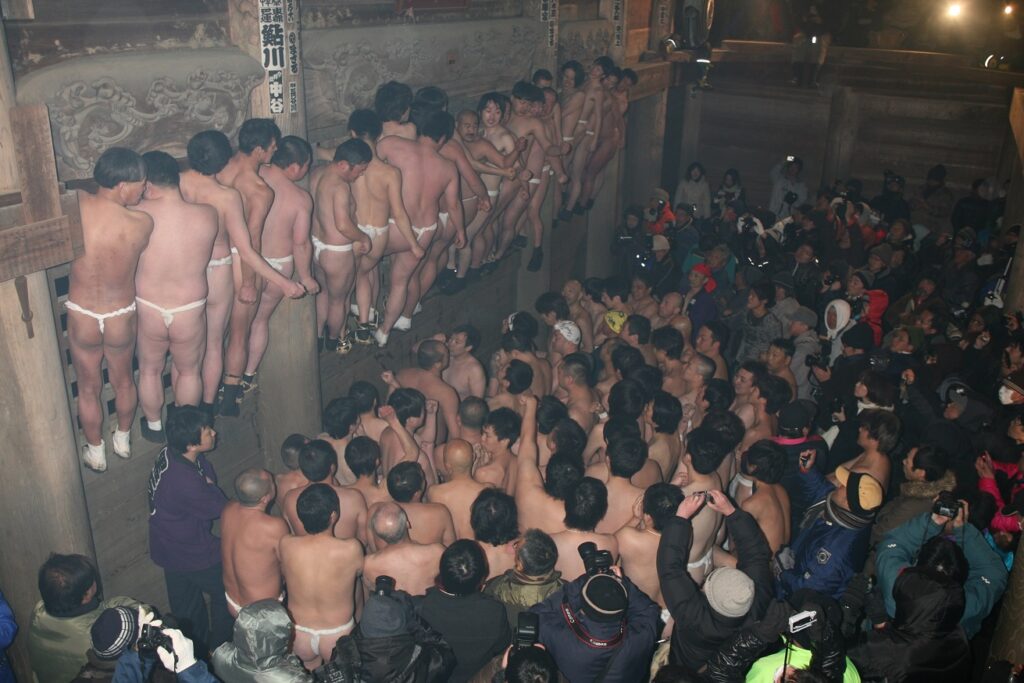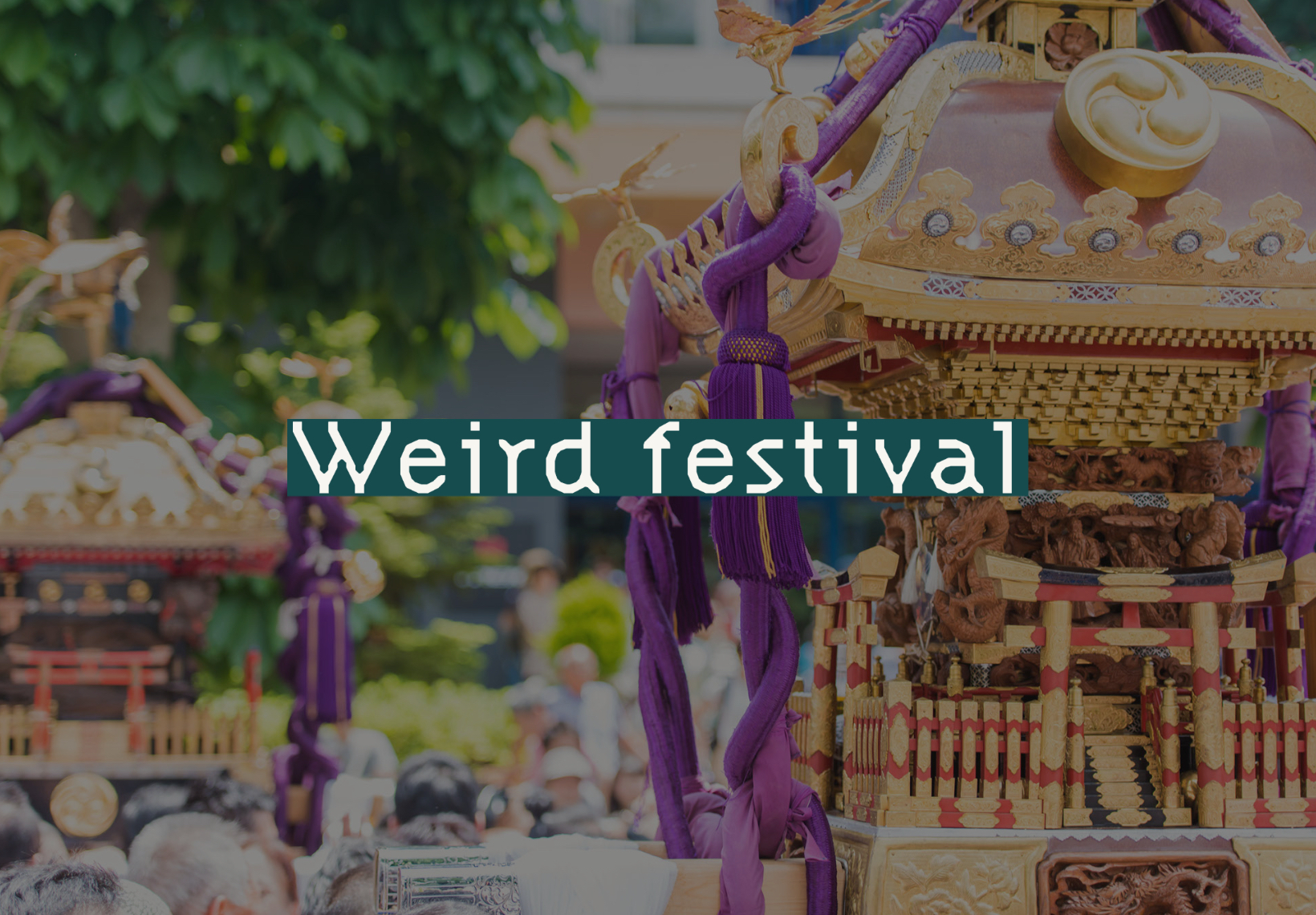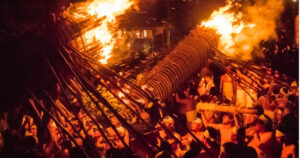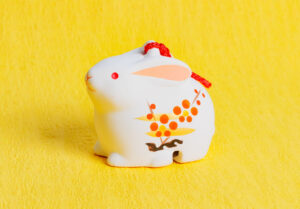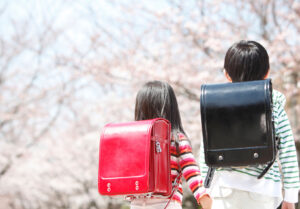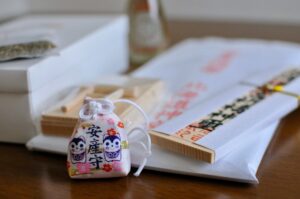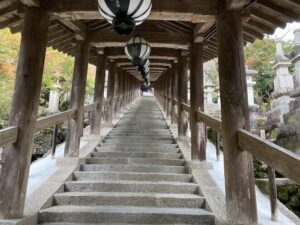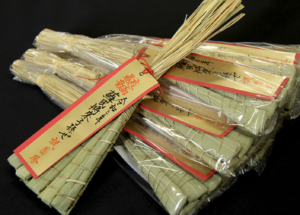Yonekawa Mizukaburi is a traditional event in Miyagi Prefecture in the Tohoku region to pray for protection against fire.
It is performed only in some districts of Tome City, Miyagi Prefecture.
On a fixed day in early February each year, people visit shrines, temples, and other places in the district while sprinkling water on houses and their roofs along the streets.
The appearance of the pilgrims is strange and unique. They wrap their bodies in straw straw straw straw straw hats and headdresses, and ink is applied to their faces.
